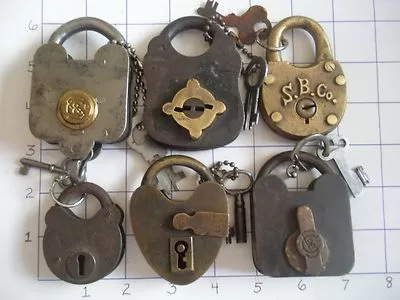Stepping into the world of locksmithing can be as intricate as the inner workings of the locks themselves. One of the foundational skills for a locksmith is the art of rekeying.

Rather than replacing an entire lock, rekeying allows you to change the working key of the lock without altering the lock itself. Sounds useful, right? Before you dive in, it’s essential to arm yourself with the right tools. This guide will walk you through the essentials to get started on lock rekeying.
Rekeying is a cost-effective solution when you need to enhance security, especially if the lock is in good condition but the key is lost or compromised. Before we delve into the tools, it’s crucial to grasp why and when rekeying is beneficial.
Having the right set of tools is paramount. While the array of tools can seem overwhelming, we’ve distilled it down to the essentials, especially for beginners.
Pinning Kit: This is the heart of rekeying. The kit contains various sizes of pins that you’ll use to reconfigure the lock.
Key Decoder: A nifty tool that allows you to determine the cut depths on existing keys, ensuring you get the pinning right.
Plug Follower: Essential to remove the plug (or cylinder) of the lock without the pins and springs scattering everywhere.
Tweezers: Precision is vital, and a good pair of tweezers helps place the tiny pins accurately.
Locksmith’s Hammer and Punch: These aid in disassembling locks, especially when dealing with tight pins.
For a detailed breakdown of these tools and more, a comprehensive list can be found here.
Read Also :
Step 1: Begin by removing the lock from the door. You might need a screwdriver for this.
Step 2: Once the lock is disassembled, use the current key (if available) and turn it 90 degrees. If you don’t have the existing key, lock-picking skills will come in handy, or a specific tool called a plug spinner can help.
Step 3: Insert the plug follower and push the plug (the part the key goes into) out of the lock casing. This is where the magic happens.
Step 4: Remove the old pins and insert the new ones that match the new key’s configuration. The Master Lock website offers insights into different pin configurations.
Step 5: Reassemble the lock, and you’re done!
Diving deeper into the world of rekeying, additional resources can amplify your skills.
Books and Manuals: There are many locksmithing books available. One recommended read is ‘The Complete Book of Locks and Locksmithing’ by Bill Phillips, offering deep insights into the craft.
Online Forums: Platforms like Locksmith Community provide a space for enthusiasts and professionals to share experiences, and tips, and solve problems collaboratively.
Like any craft, the more you practice rekeying, the more proficient you become. Start with simpler locks and gradually challenge yourself with more complex mechanisms. Remember, patience is the key (pun intended!).
Embracing the world of locksmithing and, more specifically, lock rekeying, can be a fulfilling and practical skill. With the right set of tools, knowledge, and ample practice, you can master the art of rekeying.
Whether you’re looking to enhance home security, venture into a locksmithing career, or simply satiate a personal curiosity, rekeying is a valuable skill in the locksmith’s arsenal. Dive in, explore, and unlock your potential!